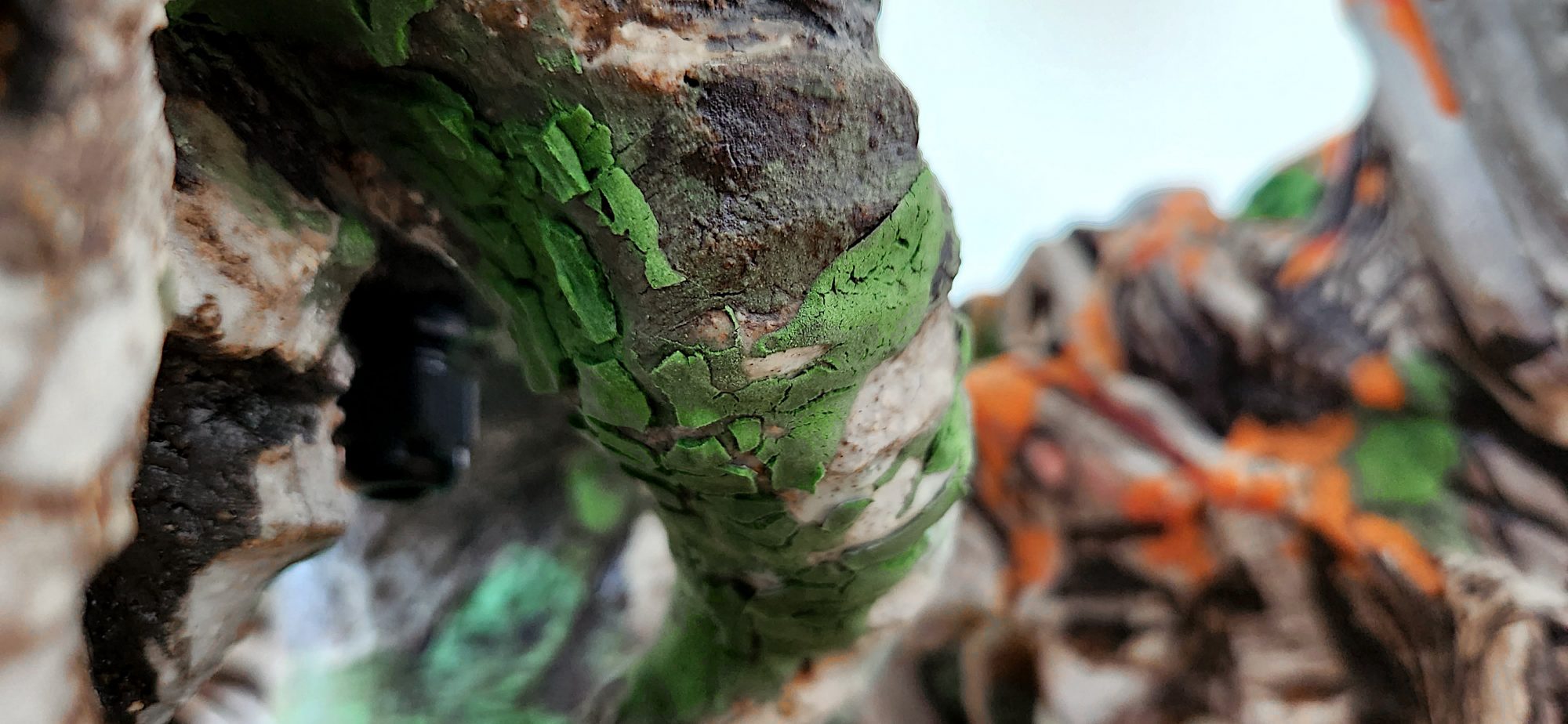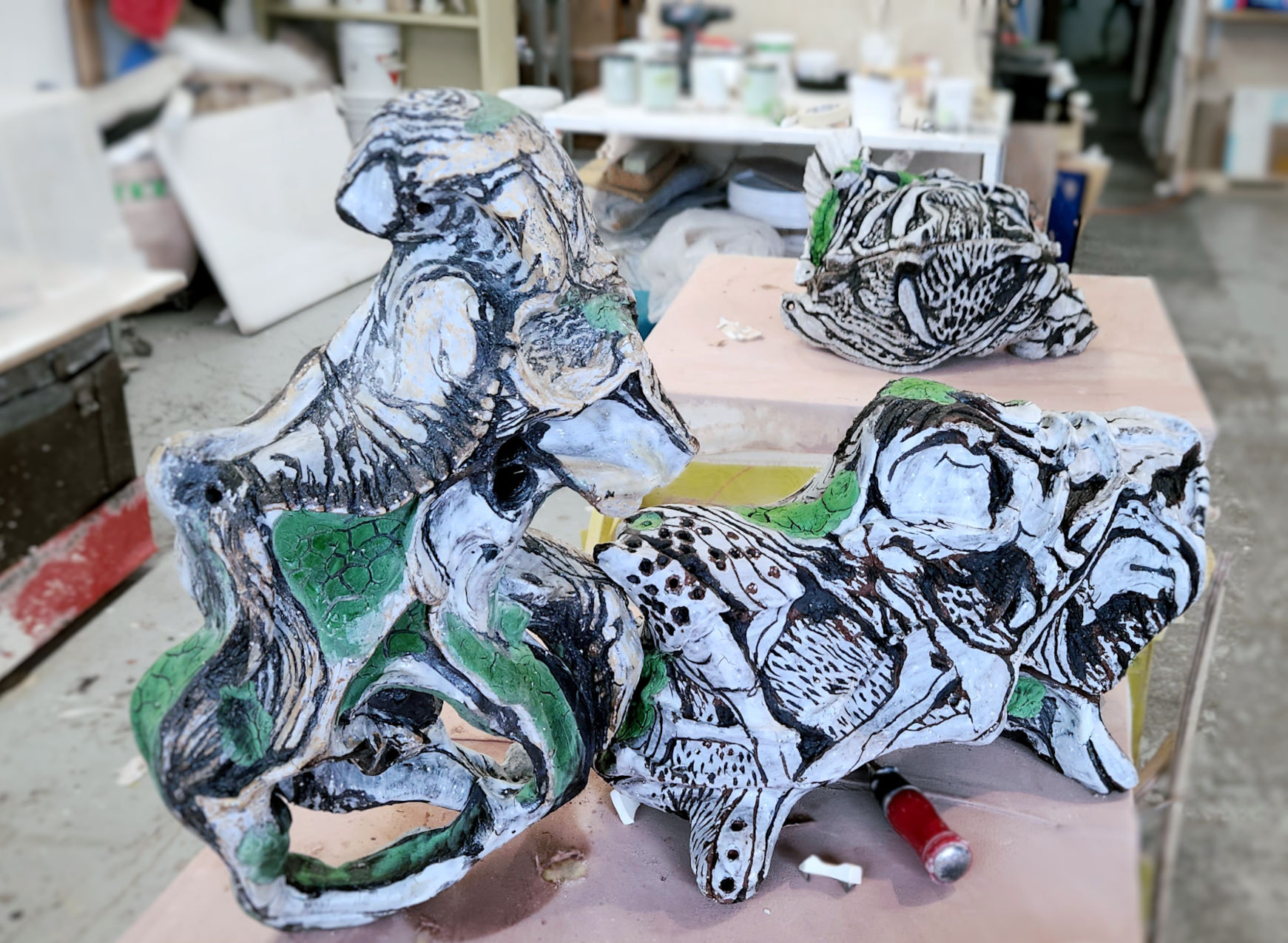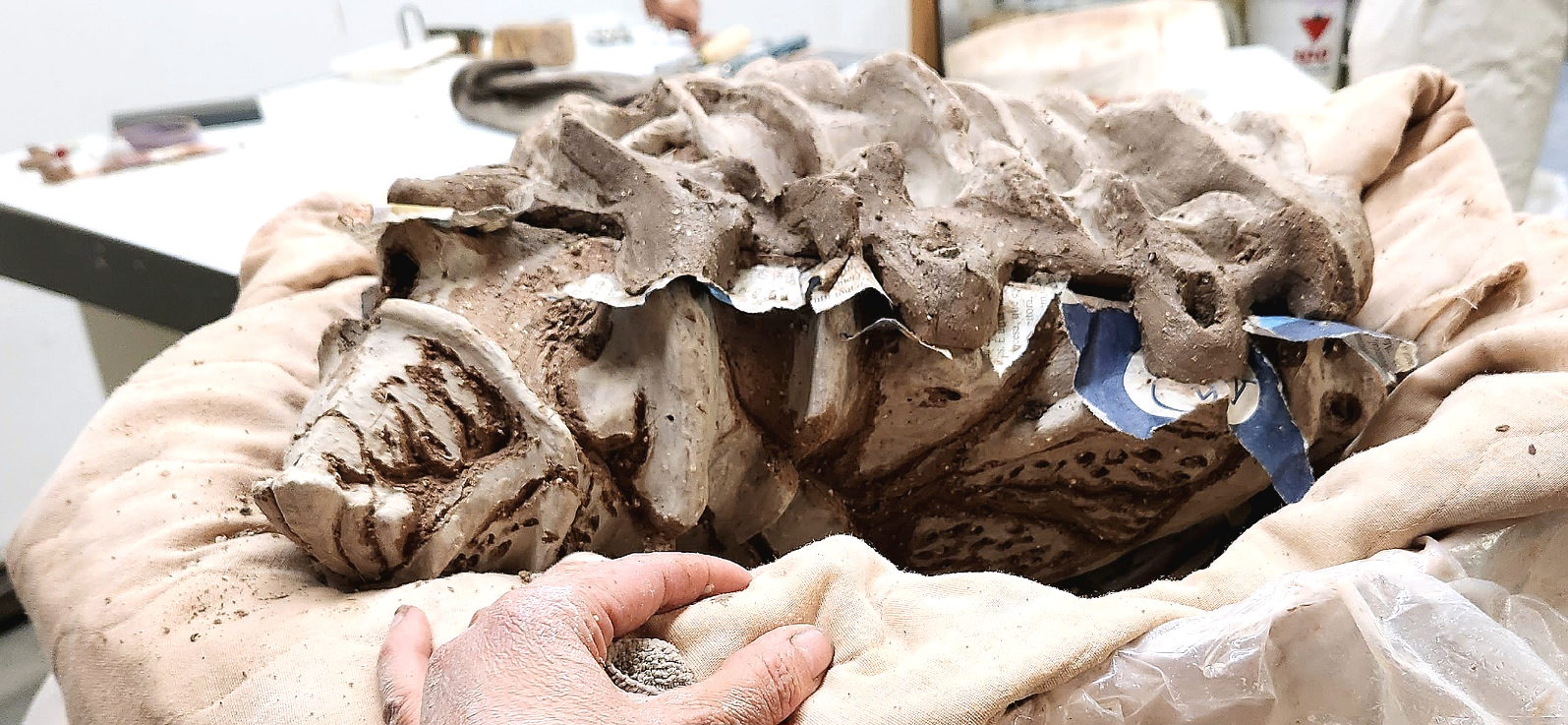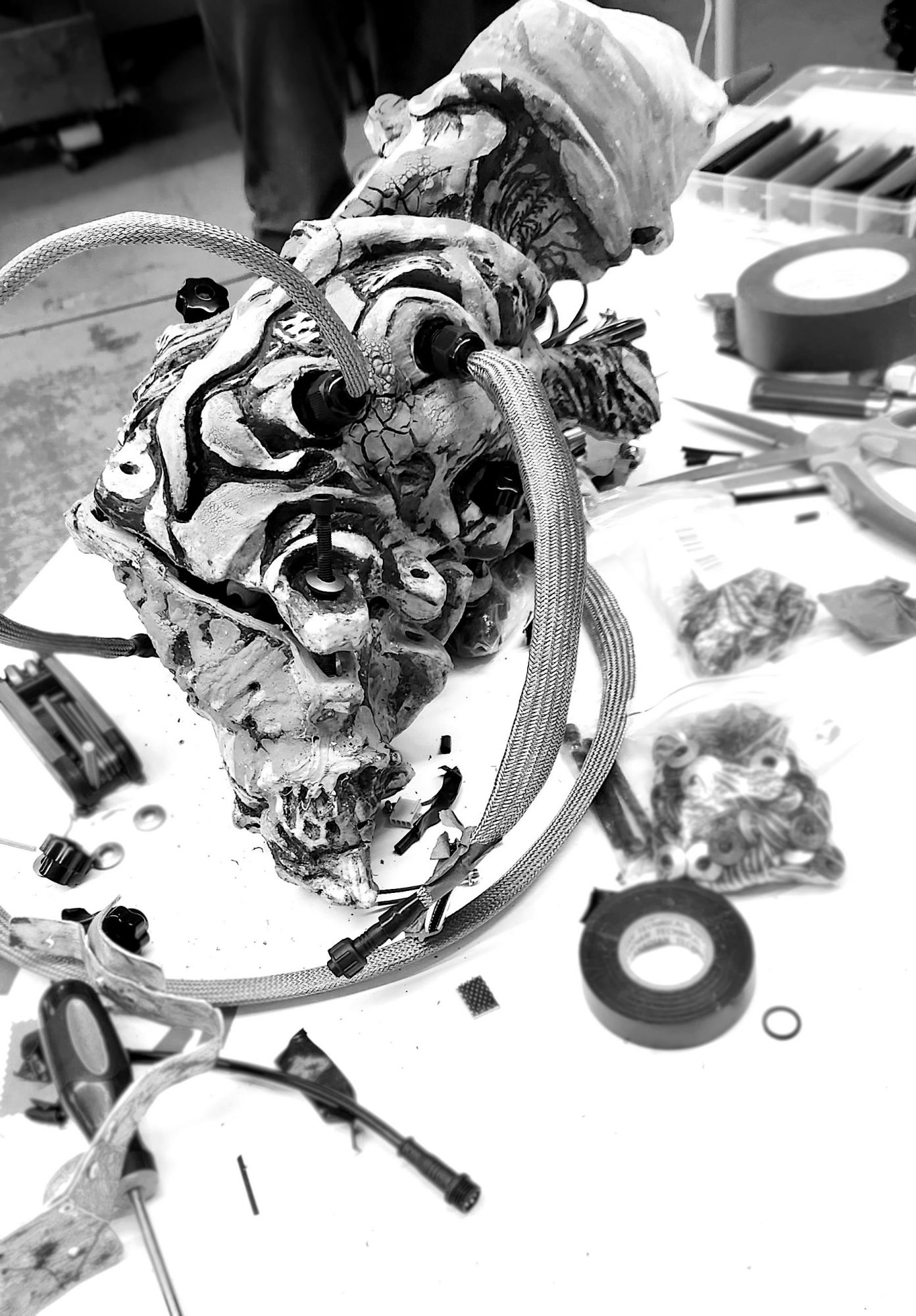
The microcontroller and the sensors were extremely low-power devices run on very efficient batteries transmitting bits of data over the LoRa network, (Long Range radio transmission protocol for low-power wireless devices) first to a LoRa gateway at the biological station, then to us in Québec. The transmissions never worked because of technical problems getting the nearest antenna to allow the data packets into the system run by the University of Helsinki. However we had also set up an off-the-shelf set of backup sensors at each site. More information can be found at Cybryonts and the Anthropocene on the CGC website. The low-power monitoring electronics were designed by Bastien Gauthier-Soumis and assembled by Bastien, Alexandre Sasset-Blouin, and me.
I mixed the clay to be able to withstand the freezing temperatures of the Arctic. But I had not yet learned a good testing methodology. As of 2024 the pieces survived their first Winter, but it will be interesting to see how they fare over the years.
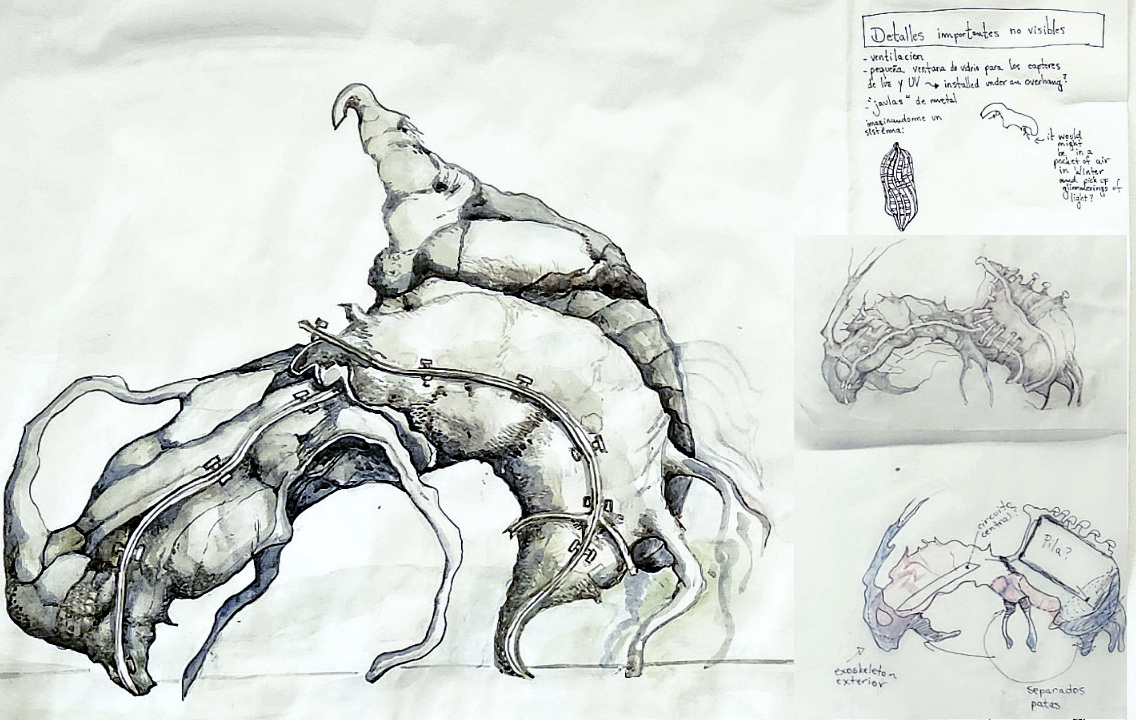
Cybryonts in the anthropocene
(cybernetic+bryophytes+symbiont)
This project was a collaboration with the Critical Gardening Collective, and was part of a residency at the Kilpisjärvi Biological Station organized by the Finnish Bioarts society.
I imagined these pieces as being sorts of spores, after all, they were left abandoned on the Finnish tundra, on the grounds of a biological research station 400km north of the Arctic circle.
The idea was to embed simple but rugged weather-monitoring sensors into the clay pieces so that we could gather data about the micro-climate at the level of the bipolar mosses we were interested in finding. Amazingly enough, there can be huge differences, (10 degrees!) between the micro-climate a few centimeters above the ground and the rest of the environment where weather data is usually collected.
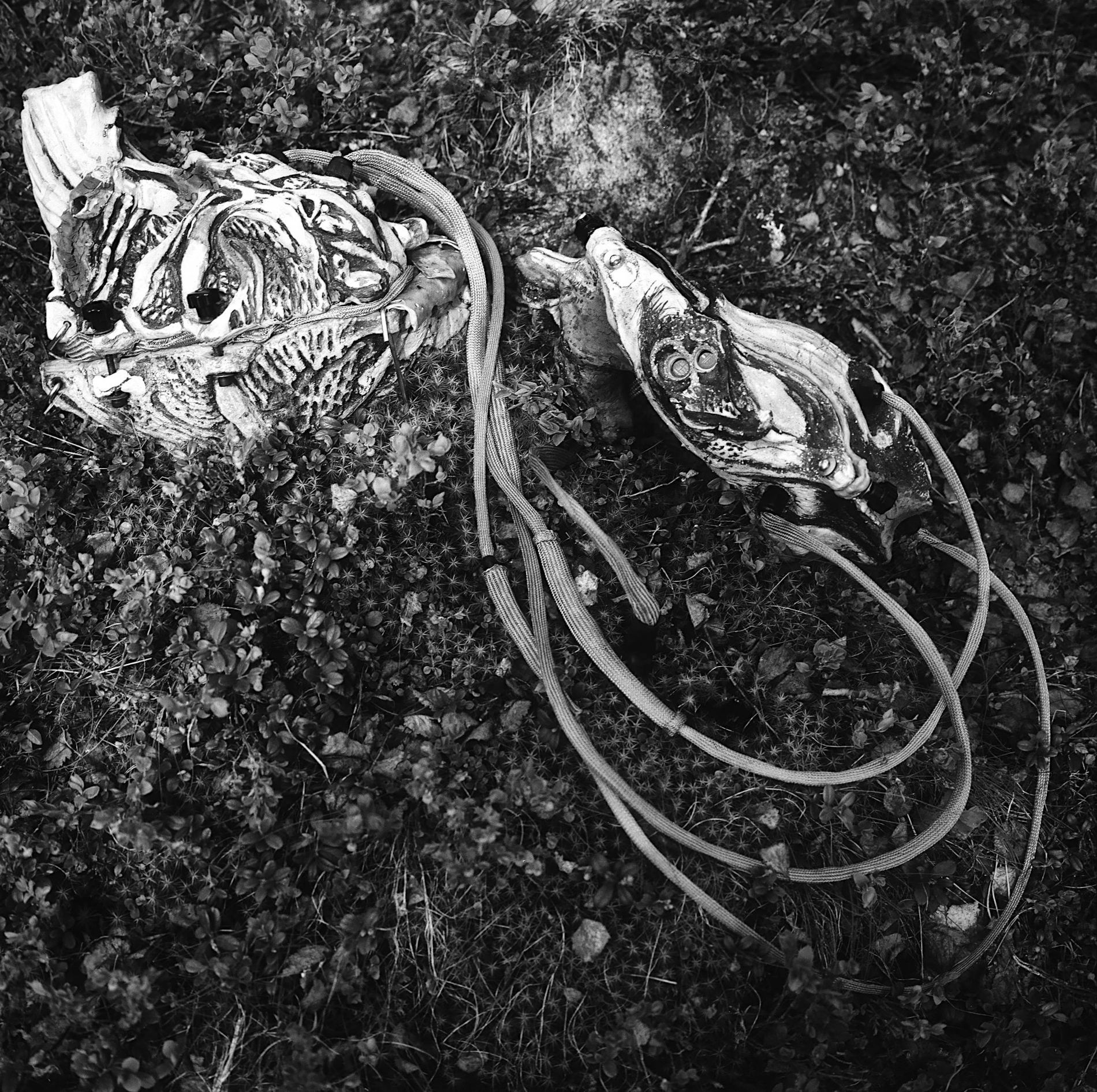
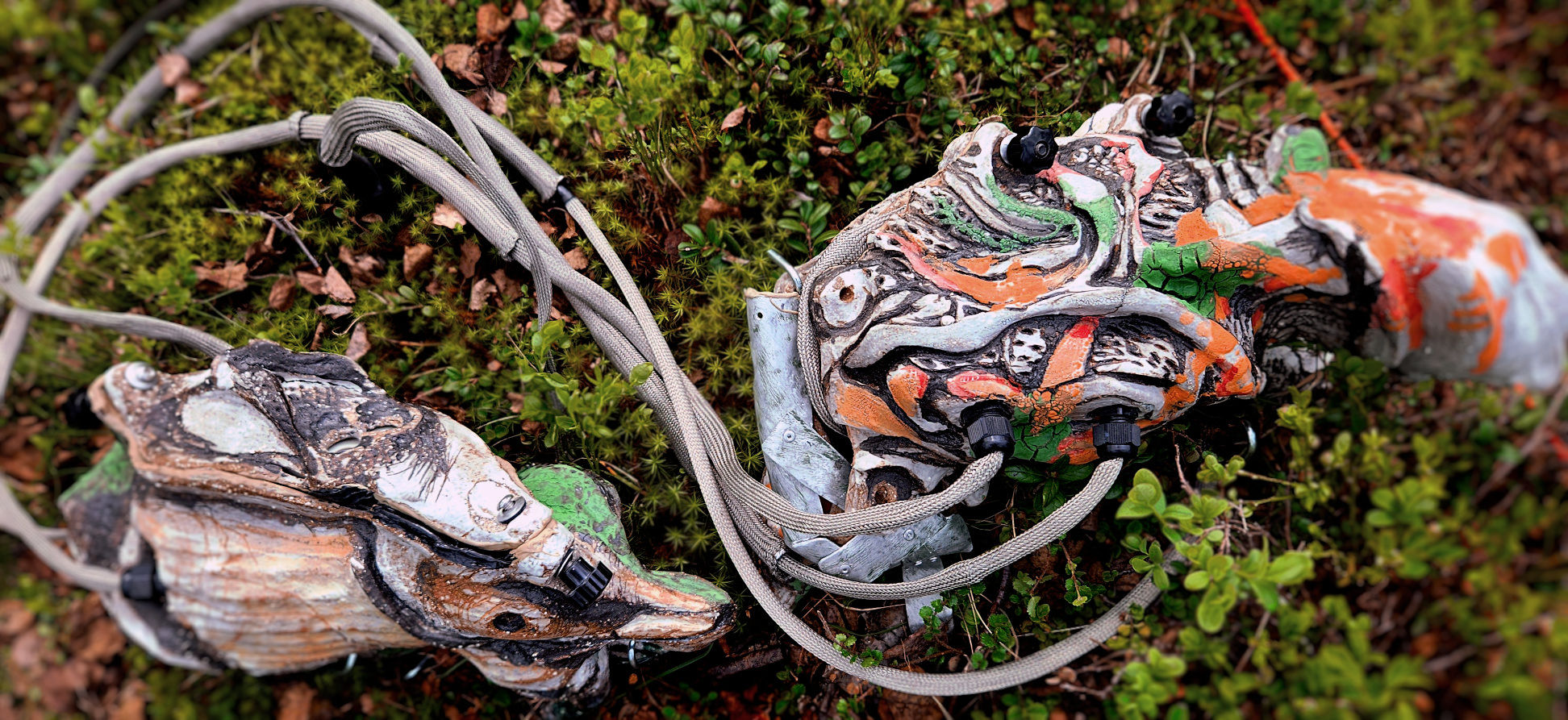


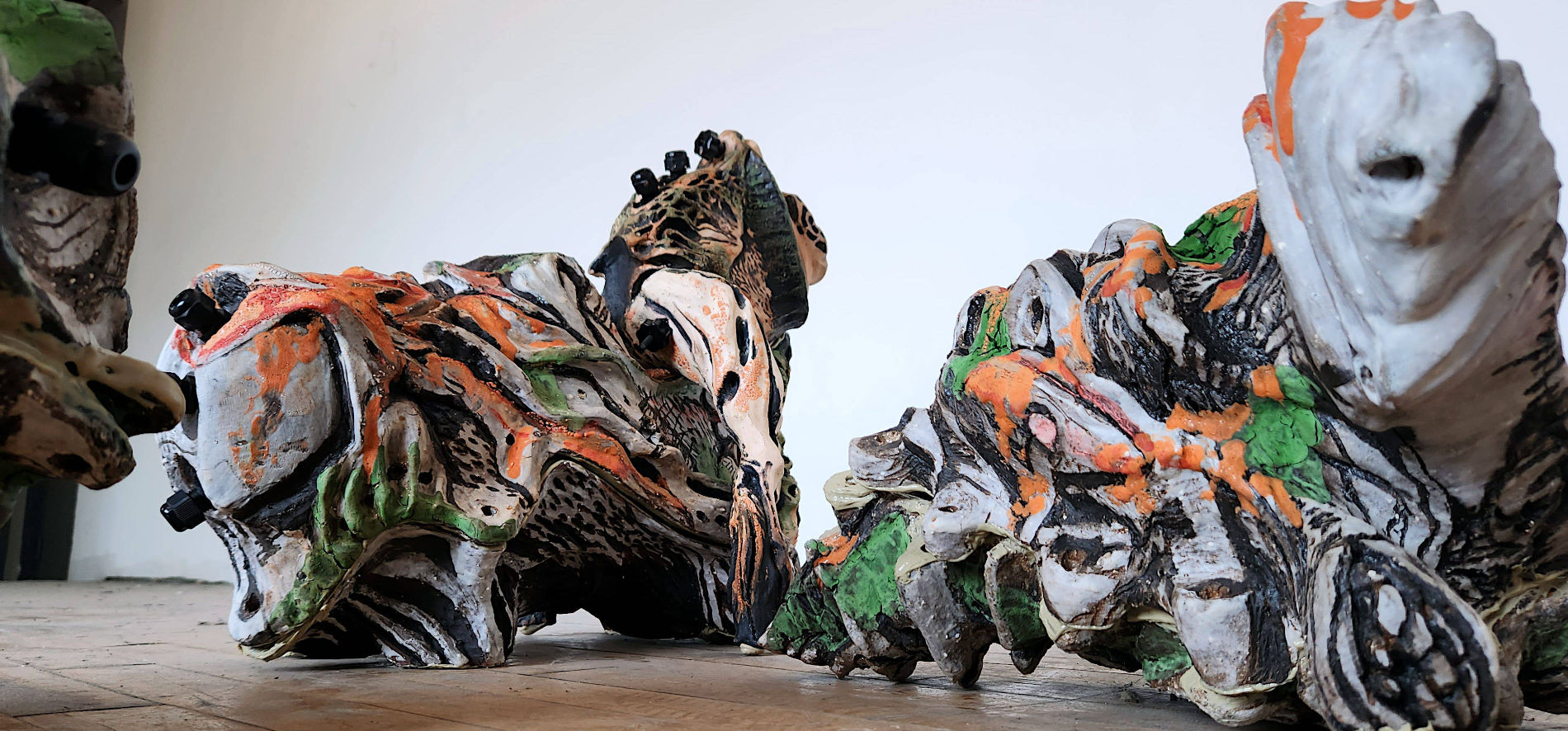
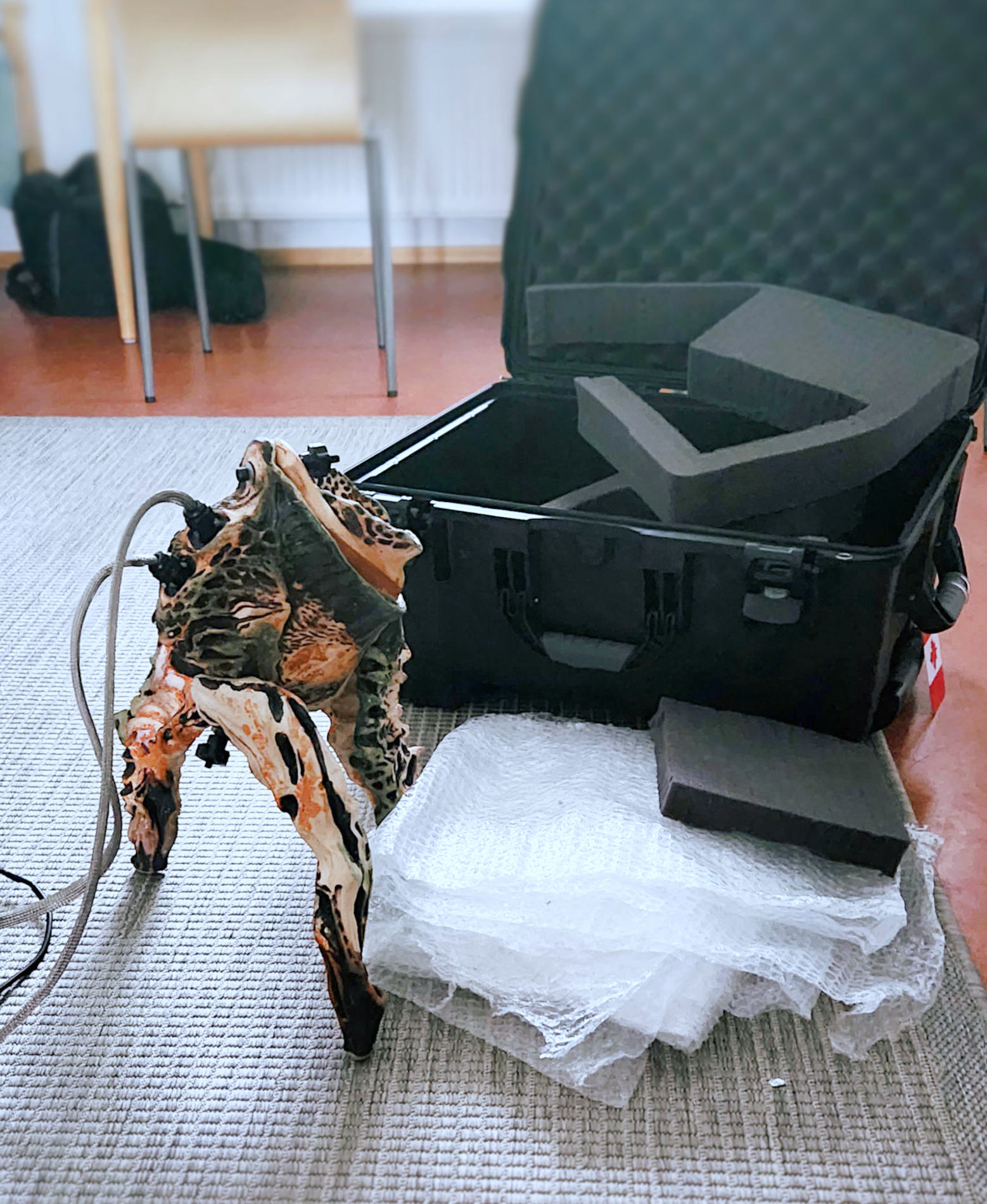

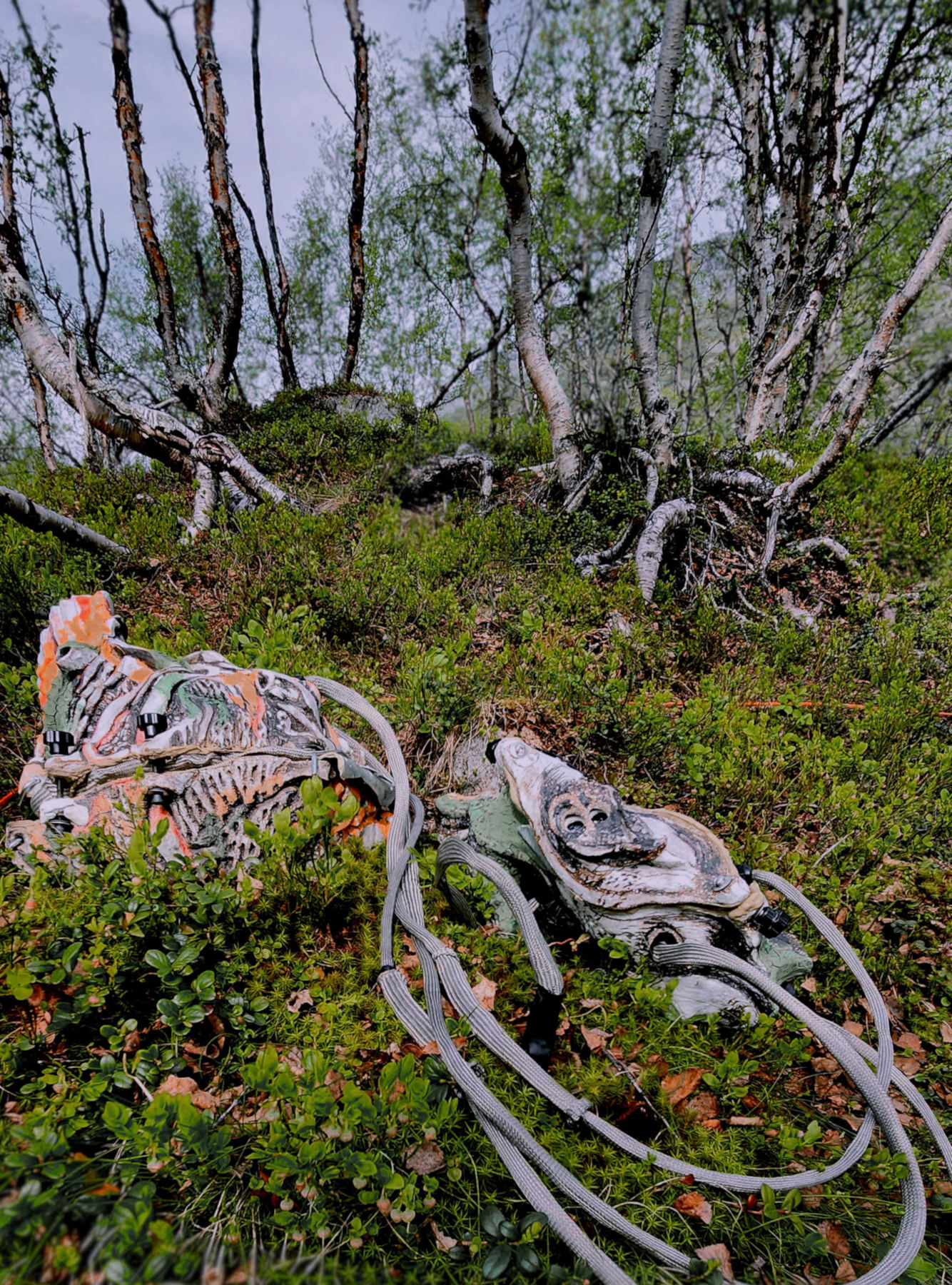
Process
In my robot-building days I never tried something this crazy: tiny monitoring stations left for an indefinite amount of time in the far, far north to send data back home for years. It felt akin to sending a ship off to Mars.
I spent a lot of time worrying, focusing on small details, for example, I insisted on having all the cables encased in chew-proof weather-resistant metal sheathing because I worried the lemmings (which the biological station is famous for) would chew away our power connections.
Bastien spent a lot of time making the most efficient low-power system that could run off small batteries for years.
My original intention was to use the clay pieces themselves as electronic enclosures with the equivalent of an IP 67 rating (dust-tight, could be immersed for 1/2 hour in liquid). I did a bunch of tests for containers using fermentation jar lids as a model. Instead of water, (traditionally used to seal fermentation jars while allowing gases to escape) I poured rubber into the lid channels.


I was not convinced, and decided to play it safe by enclosing the sensors (all approved for -40C) in weather-proof project boxes and putting the boxes inside the clay enclosures.
I miscalculated the shrinkage, which made the assembly a nightmare, and impossible to easily change batteries or swap out any parts.

1st test of electronics
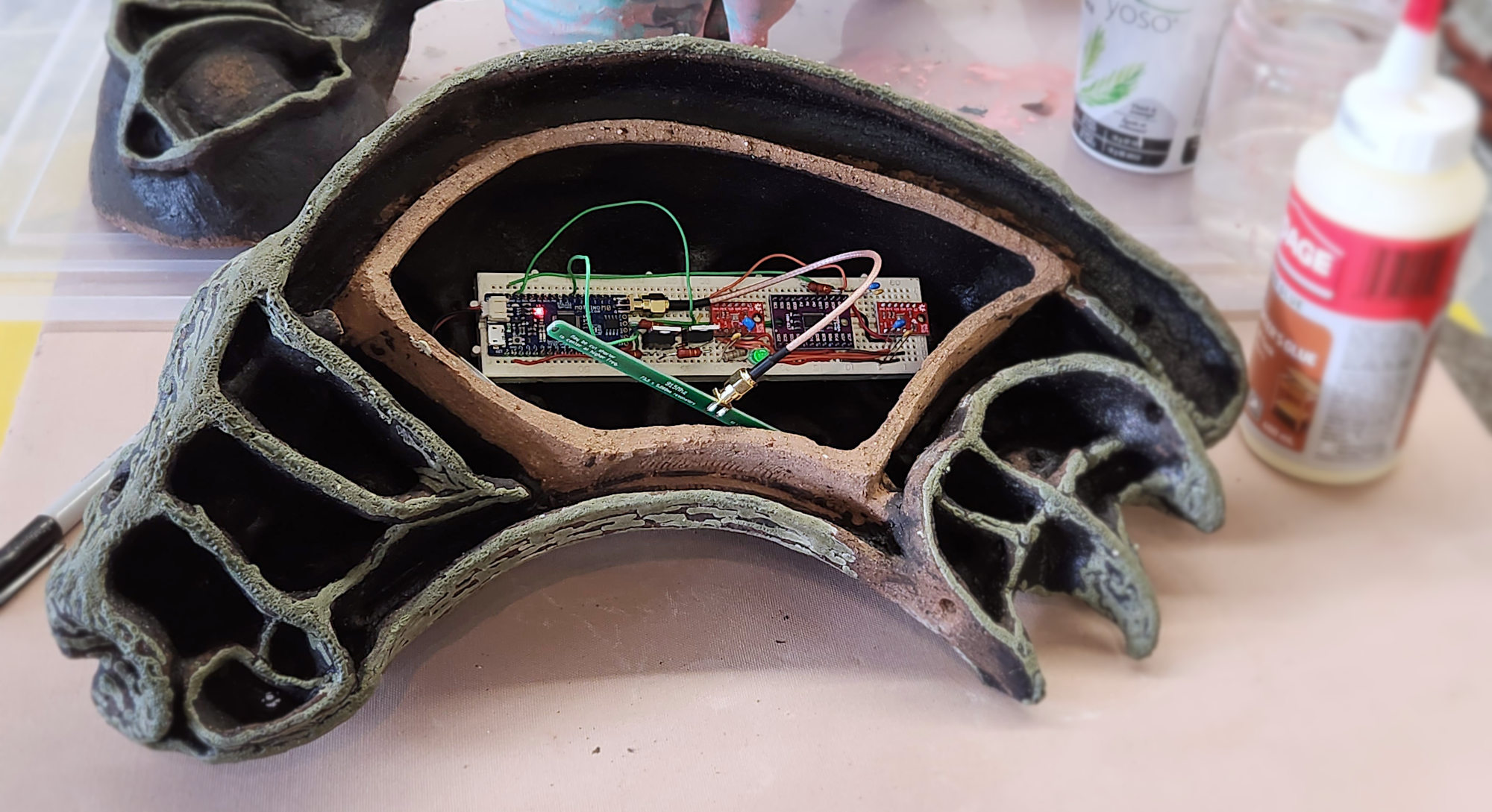
1. LoRa module and low-power microcontroller installed inside piece in order to test communication distance.

2. closed clay enclosure with the LoRa emitter and microcontroller inside.

3. Bastien coming back after successful test, about 4 blocks away with lots of tall buildings obstructing the module’s line of sight.



